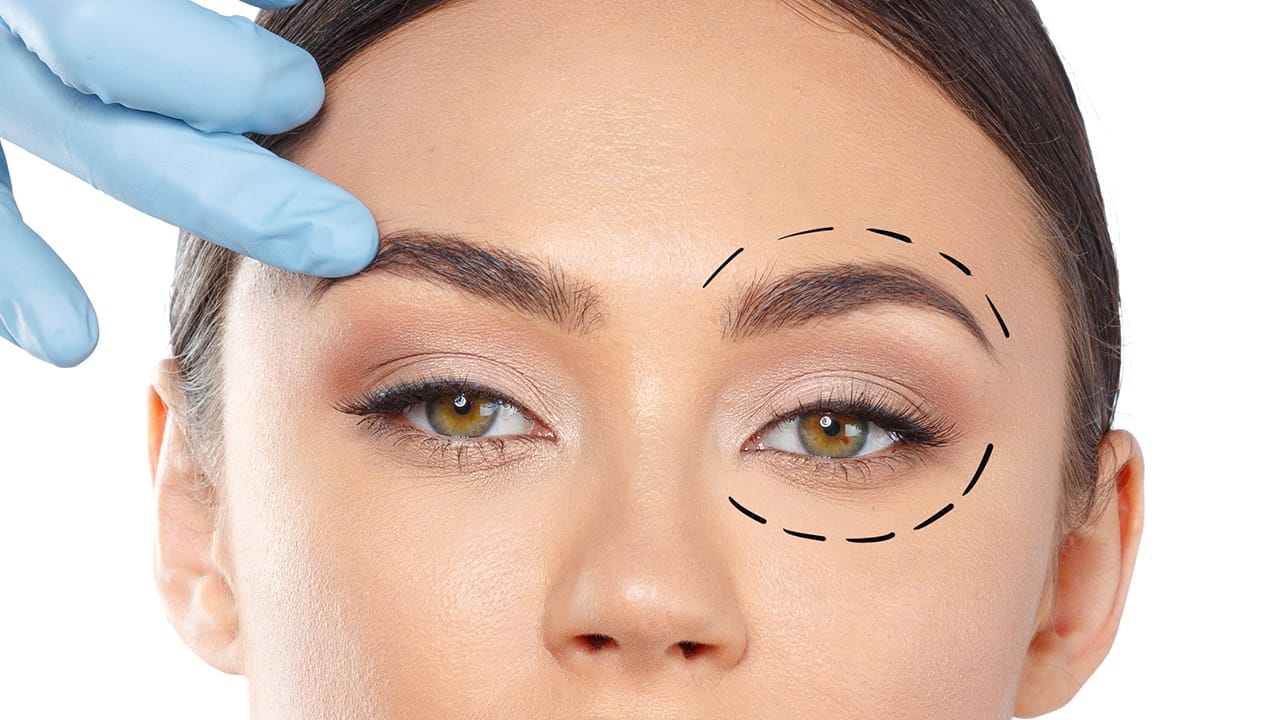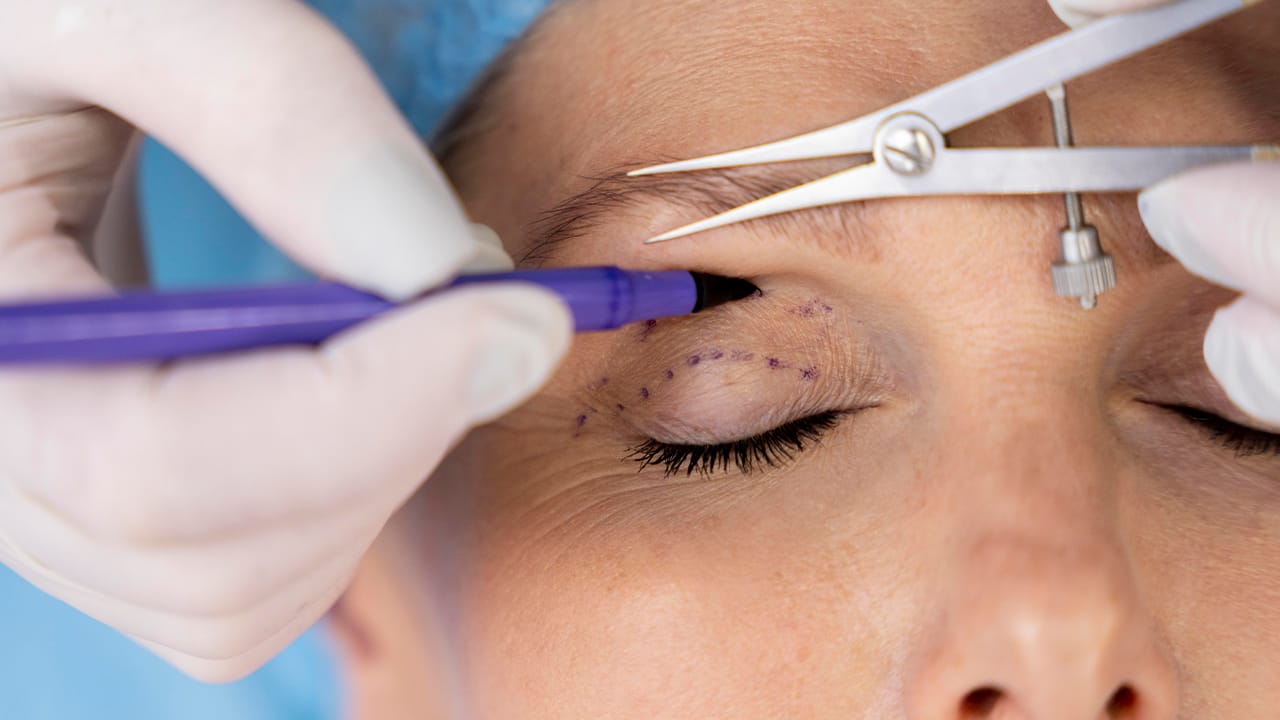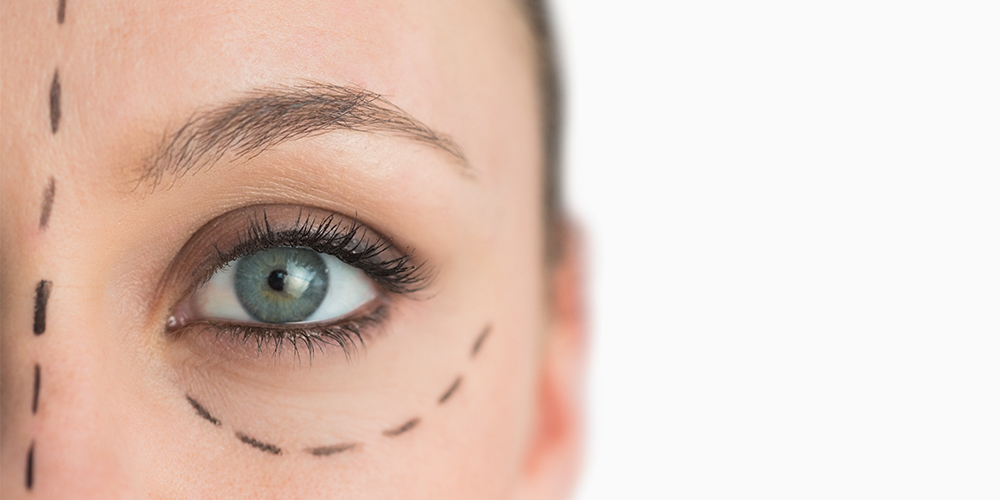- birinci
- 0 Comments
After eyelid surgery, some important points need to be taken into consideration in order for the healing process to proceed smoothly and the desired results to be achieved. During this process, it is extremely important to avoid activities that will strain your eyes, regularly apply the care recommended by the doctor, and protect the eye area from external factors. These steps to be taken after surgery both accelerate the healing process and prevent unwanted complications.

İçindekiler
ToggleWhat is Eyelid Surgery?
Eyelid surgery is medically known as blepharoplasty and includes surgical procedures performed on both the lower and upper eyelids. This surgery may be necessary for various reasons such as weakening of the eye muscles, loose muscle structure, fat accumulation, gravitational effects or infection.
Since there are different types of eyelid surgeries, their prices vary accordingly. Other factors that affect the prices are the hospital where the surgery is performed, the type of procedure performed and whether additional surgical interventions are needed.
How is Eyelid Surgery Performed?
In upper eyelid surgery, first the damaged area is determined by applying local anesthesia and an incision is made in this area. After the muscle and skin tissue are removed, the incision is made from the natural fold line of the eyelid so that the surgical scar is not noticeable. The procedure is completed with aesthetic stitches and the aim is to minimize the stitch scars.
In lower eyelid surgery, excess skin, muscle or fat tissue is removed with an incision made at the eyelash roots. Then, the procedure is completed with aesthetic stitches and the aim is to prevent the surgical scar from being visible.
Who Can Have Eyelid Surgery?
Eyelid surgery (blepharoplasty) is usually performed on people who have sagging, excess skin, bags or looseness in their eyelids for aesthetic or health reasons. This surgery can be performed to correct deformations around the eyes that occur due to aging, genetic factors or injuries. Sagging eyelids can narrow the field of vision or give the person a tired, old appearance.
Surgery is generally recommended for healthy adult patients who do not have any serious health problems and who have significant problems around their eyes. However, the decision should be made by a surgeon, taking into account personal expectations and the severity of eyelid problems.
Possible Complications After Eyelid Surgery
Some complications may occur, although rare, after eyelid surgery (blepharoplasty). Possible complications may include:
Swelling and Bruising: Temporary swelling and bruising may occur around the eyes after surgery, which usually subside within a few weeks.
Infection: As with every surgical procedure, there is a risk of infection after eyelid surgery. Therefore, antibiotics prescribed by the doctor should be used regularly.
Bleeding: Rarely, there may be bleeding after surgery. This can be a serious problem and may require immediate medical attention.
Dry Eyes or Excessive Watering: Temporary dryness or excessive watering of the eyes may occur after surgery.
Vision Problems: Temporary blurred vision or vision problems such as double vision may occur immediately after surgery, but these are usually short-term.
Stitch Marks: Although aesthetic stitches are used, some patients may experience permanent thin stitch marks.
Asymmetry: It is not always possible to achieve complete symmetry in the eyelids, and some patients may develop mild asymmetry.
Inability to Close the Eyelids Fully: Rarely, the eyelids may not be able to close fully after surgery. If this condition is not corrected, it can lead to dryness and eye problems.
These complications are generally rare and can be minimized if the doctor’s recommendations are followed before and after surgery.
Things to Consider After Eyelid Surgery
There are some important points to consider to speed up the healing process after eyelid surgery and prevent possible complications:
Keep Your Head Elevated: Keeping your head elevated for the first few days after surgery helps reduce swelling and bruising. You can elevate your head using a few pillows while lying down.
Cold Compress Application: It is recommended to apply cold compresses regularly for the first 48 hours after surgery to prevent swelling and bruising.
Protect Your Eyes: Avoid rubbing, scratching or applying pressure to your eyes. Also, protect your eyes from sunlight and wind by using sunglasses.
Use Medication Regularly: Regular use of antibiotics and painkillers prescribed by your doctor reduces the risk of infection and supports healing.
Avoid Heavy Physical Activities: You should avoid heavy lifting, exercise or strenuous activities for at least 1-2 weeks after surgery. Such activities can increase the risk of bleeding and swelling.
Do Not Wear Contact Lenses: It is generally important not to use contact lenses for a few weeks after surgery for the eyes to heal. It is safer to use glasses instead.
Do Not Wear Eye Makeup: You should avoid wearing eye makeup for 10-14 days after surgery. Keeping the area clean during this time is important for healing.
Keep the Surgery Area Clean: As recommended by your doctor, carefully cleaning and keeping the surgical area hygienic minimizes the risk of infection.
Monitor Vision Problems: If you experience serious vision problems, excessive pain or bleeding after surgery, you should contact your doctor immediately.
By following these recommendations, you can make your eyelid surgery recovery more comfortable and safe.
Recovery Process After Eyelid Surgery
Immediately after the surgery, the patient is usually kept under observation in the hospital for 5-6 hours. If there are no complications, the patient is discharged. It is recommended to apply cold compresses to the area for the first 48-72 hours after surgery to reduce swelling and bruising.
A dressing is applied with antibiotic ointment for one week and it is recommended not to let water come into contact with the surgical area for five days. Stitches are usually removed within 6-7 days and if there are no problems, the patient can gradually return to their daily lives after 3-4 days.
It may take 3-4 weeks for the eyelid level to completely return to normal after eyelid surgery. Full recovery occurs within approximately 1-2 months.

Nutrition After Eyelid Surgery
To accelerate the body’s recovery process after surgery and support recovery, nutritious foods should be preferred. Fresh vegetables, fruits, whole grains, protein sources (especially fish, chicken, eggs and legumes) rich in vitamins and minerals and healthy oils (olive oil, avocado, walnuts) are important in this process.
It is necessary to avoid processed and refined foods, unhealthy oils, excessive sugar and salt consumption. In addition, alcohol and smoking should be completely stopped as they can slow down recovery and increase the risk of complications. In this way, the body recovers faster after surgery and a healthy recovery process is ensured.
